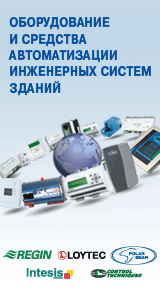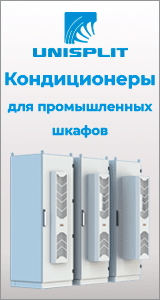|
поискал по этой теме в АШРАЕ (Хэндбук 1998)...про озон ничего не сказано, хотя про хранение овощей довольно приличный раздел...наоборот - из-за химической активности кислорода при длительном хранении желательно в герметичном хранилище снижать концентрацию оного, замещая диоксидом углерода или азотом...озон соответственно еще хуже кислорода ибо намного более химически активен
про сан.обработку озоном до закладки тож ничего не нашел
вот оригинал статьи про атмосферу в хранилище:
Controlled and Modified Atmosphere Storage
Refrigeration is most effective in retarding respiration and
lengthening storage life. For some products, reducing the oxygen
level in the storage air and/or increasing the carbon dioxide level as
a supplement to refrigeration can provide extended storage life.
Careful control of the concentration of oxygen and carbon dioxide
is essential. If all of the oxygen is used, produce will suffocate and
may develop an alcoholic off-flavor in a few days. Carbon dioxide
given off in respiration or from dry ice may accumulate to injurious
levels.
Modified or controlled atmospheres (CA) have received little
application for vegetable storage, in contrast to their wide use for
apples. Many atmospheres tested on vegetables were injurious or
produced only minor benefits (Dewey et al. 1969). If commercial
use of CA for vegetables increases, it is likely to be with the use of
external generators to create desired atmospheres or with the addition
of nitrogen gas or dry ice, rather than by using product respiration
in a gastight room.
Danish cabbage has kept better during a 4 to 5 month period at
0°C in gas mixtures with 2.5 to 5% oxygen and carbon dioxide (with
the balance nitrogen) than it has in air (Isenberg and Sayles 1969).
Tests have indicated that mature green tomatoes may keep predominantly
green for 5 to 6 weeks at 13°C in an atmosphere of 3% oxygen
with 97% nitrogen. After removal to air at 18°C, these tomatoes
ripened normally with acceptable flavor (Parsons and Anderson
1970).
Asparagus and mushrooms in refrigerated storage have kept better
for short periods in atmospheres with 5 to 10% carbon dioxide
than they have in air. The carbon dioxide inhibits soft rot of asparagus
(Lipton 1965), and it retards cap opening and inhibits mold in
mushrooms. Some experimental data showed improved quality
retention during CA short storage have also been obtained for head
lettuce, broccoli, brussels sprouts, green onions, and radishes.
Hypobaric storage, or storage at reduced atmospheric pressure,
is another supplement to refrigeration that involves principles similar
to those in controlled-atmosphere storage. At atmospheric pressures
0.1 or 0.2 of normal, several kinds of produce have an
extended storage life. The benefits are attributed both to the low
oxygen level maintained and to the continuous removal of ethylene,
carbon dioxide, and possibly other metabolically active gases. Their
rates of production under hypobaric ventilation are also lower.
Positive hypobaric ventilation is absolutely required to achieve
the desired low ethylene concentration within and around produce to
retard ripening. The continuous flow of water-saturated air at a low
pressure flushes away emanated gases and prevents loss of mass.
Despite benefits, the costs of hypobaric storage structures are not
commercially viable.
есть еще статья оттуда же про хранение конкретно моркови, режимы, защиту от порчи различными видами бактерий
|



















 4.4.2009, 22:43
4.4.2009, 22:43










